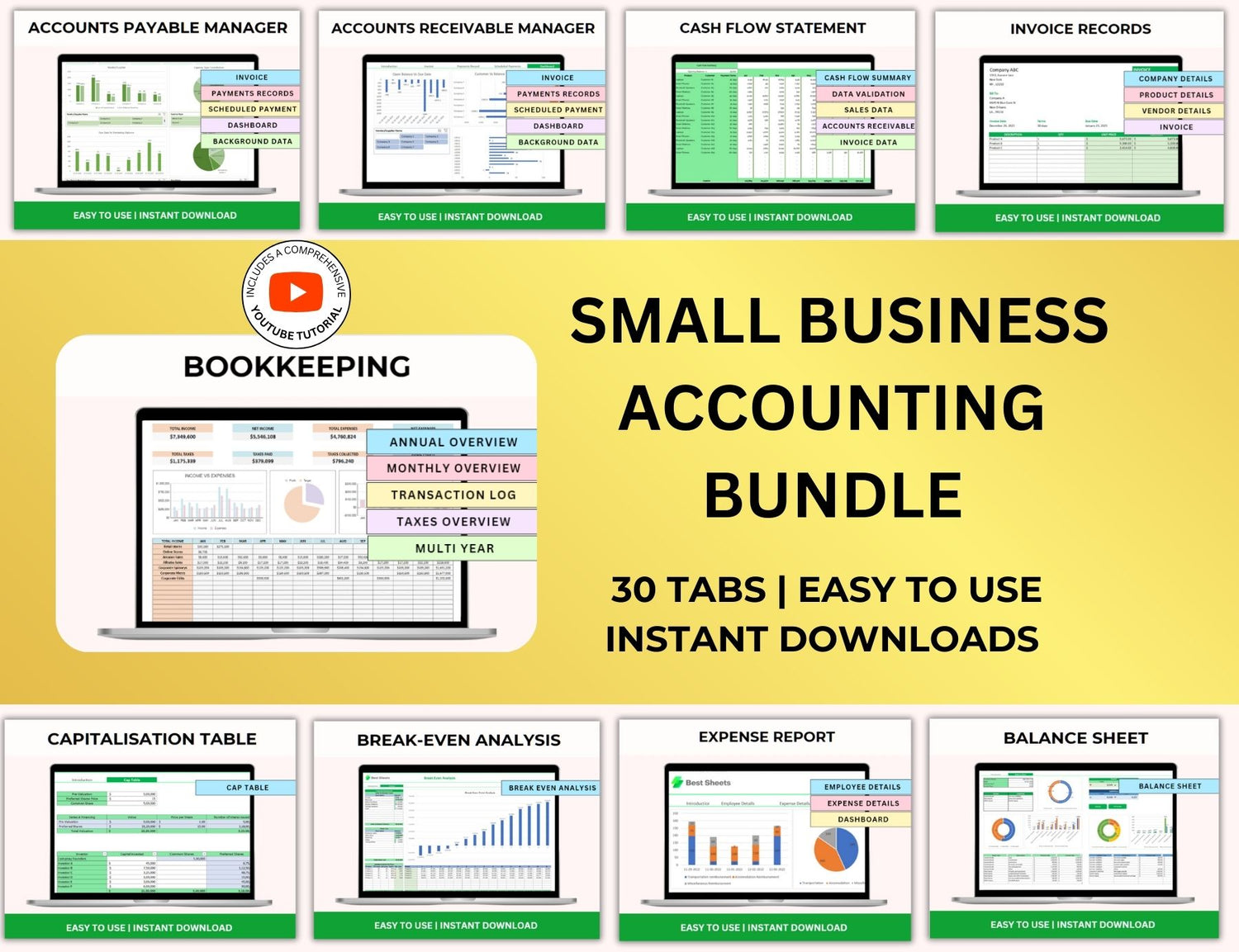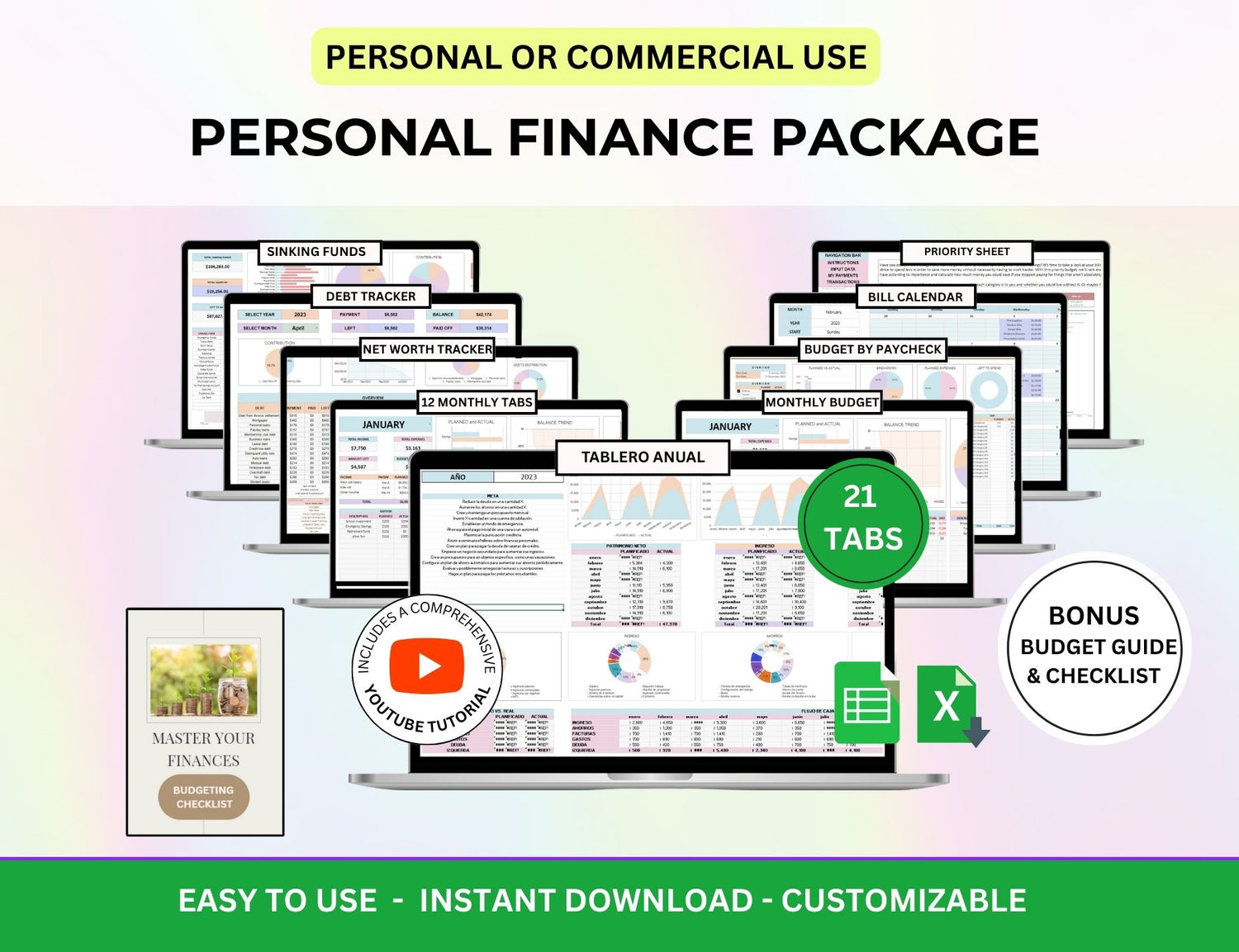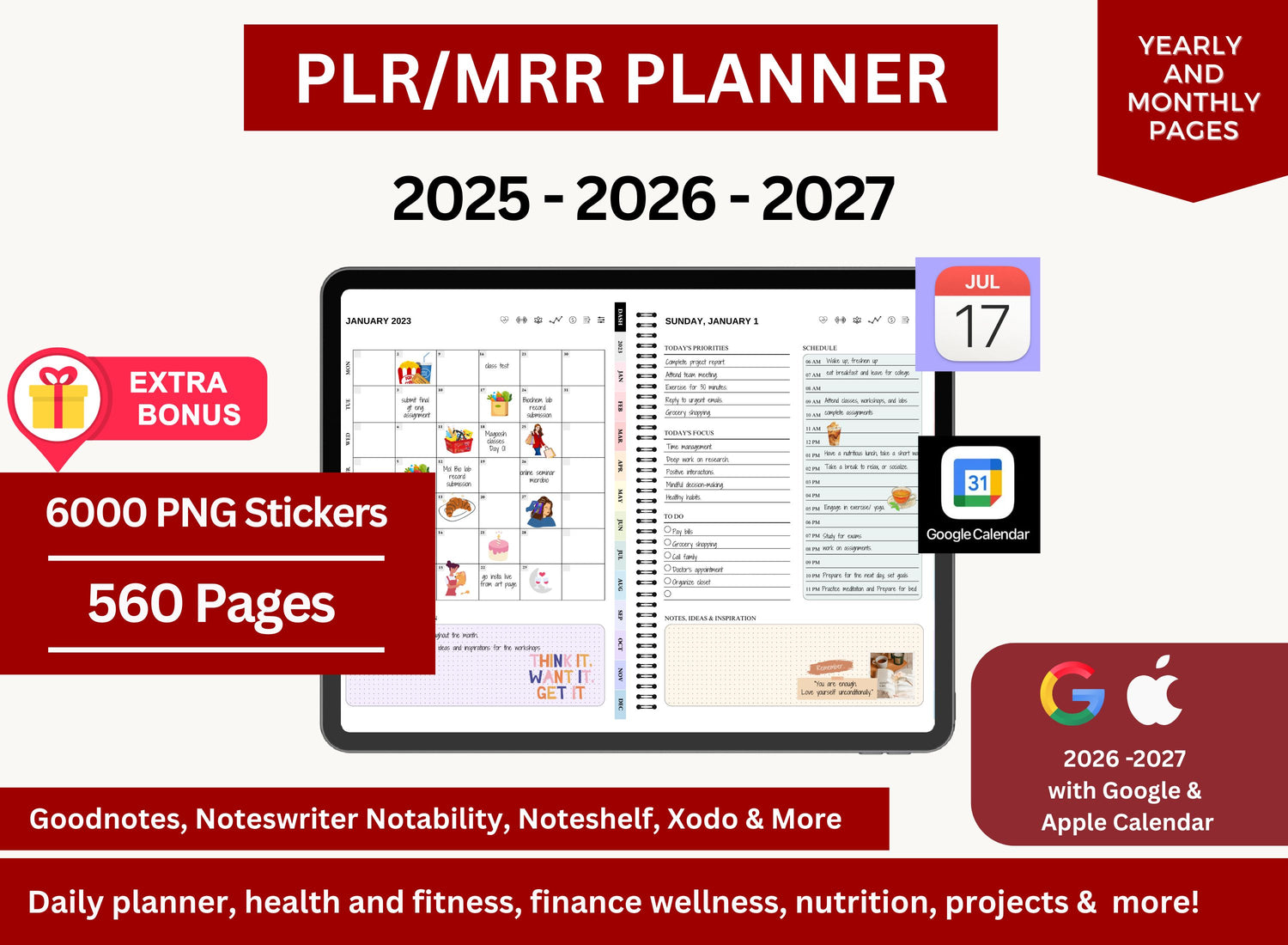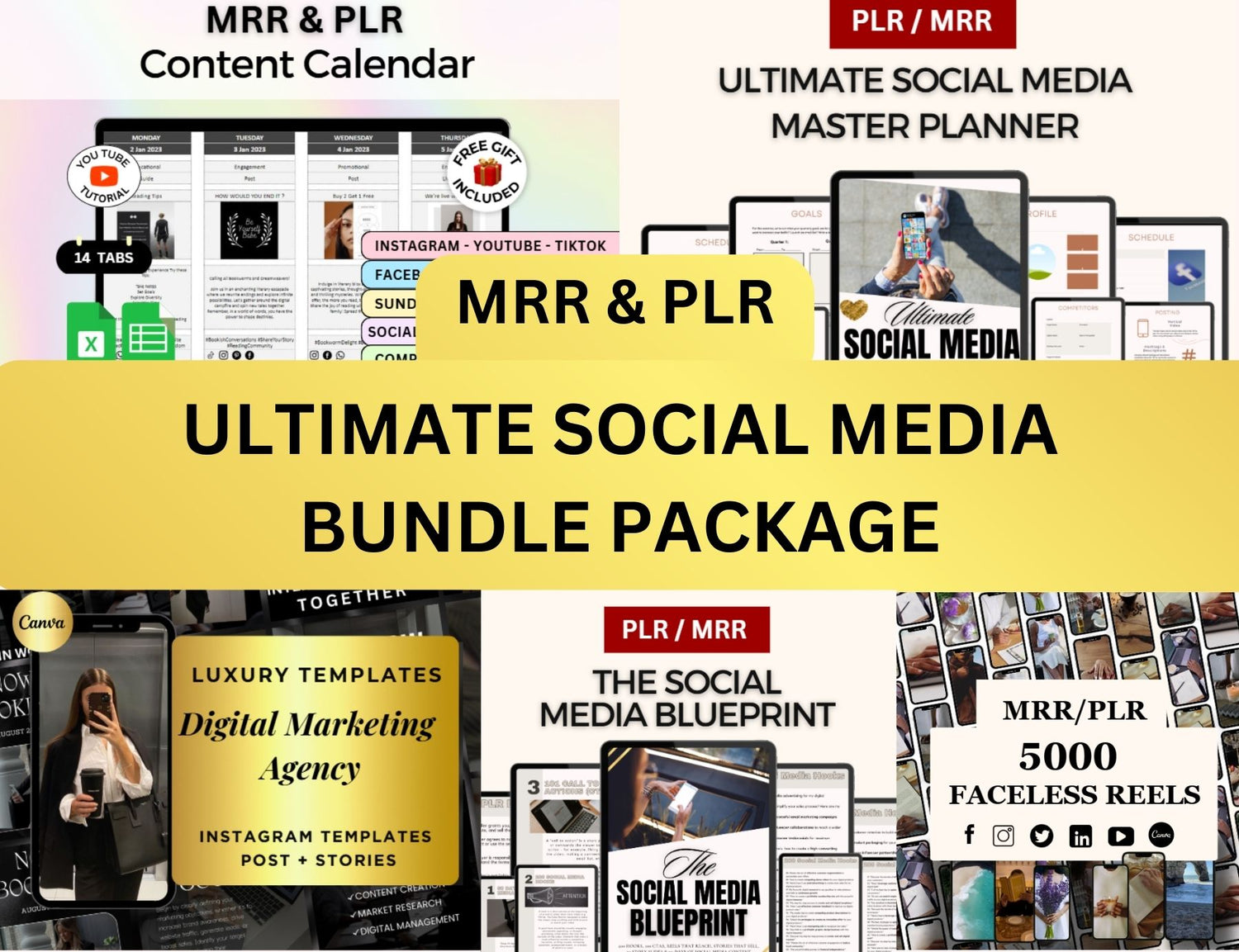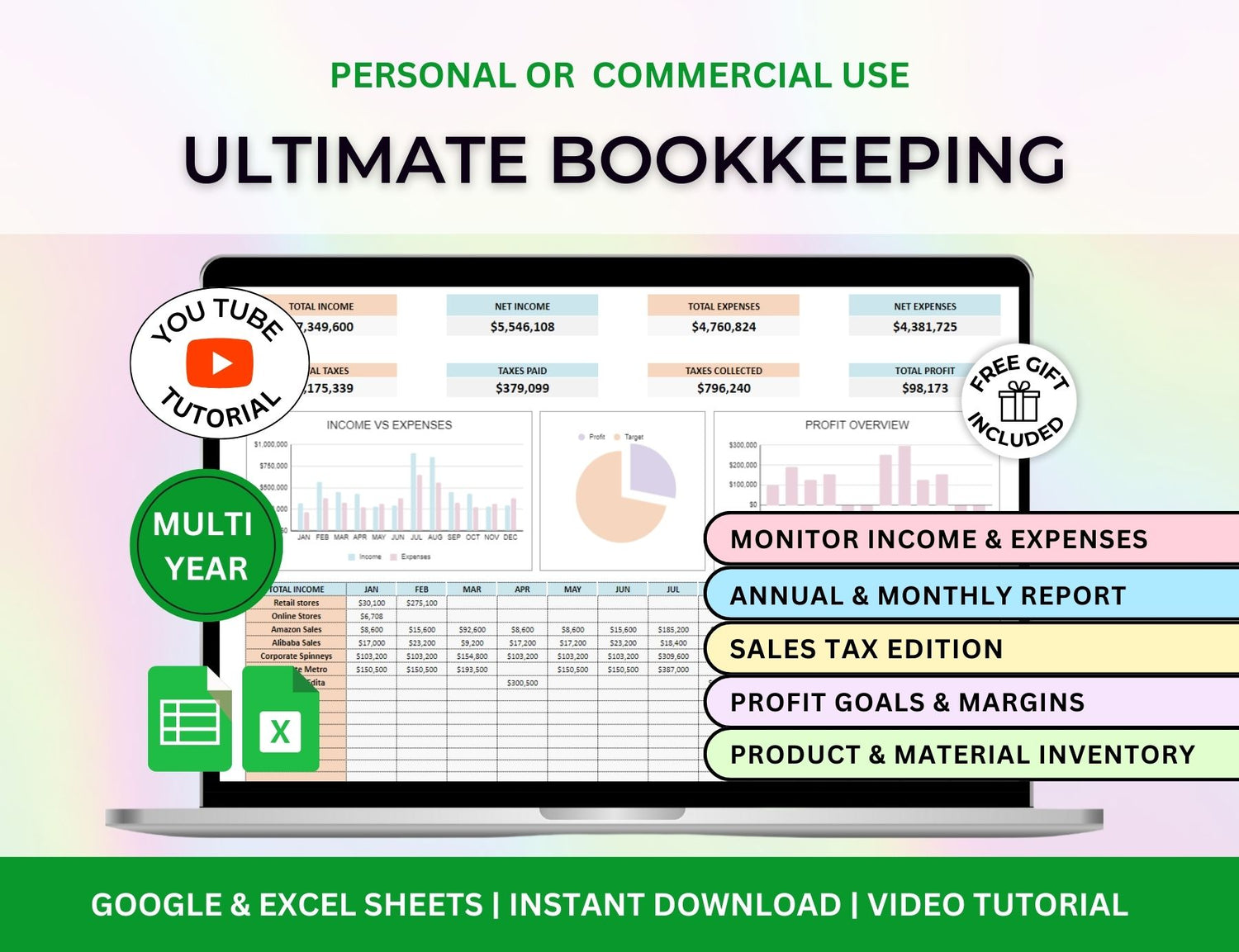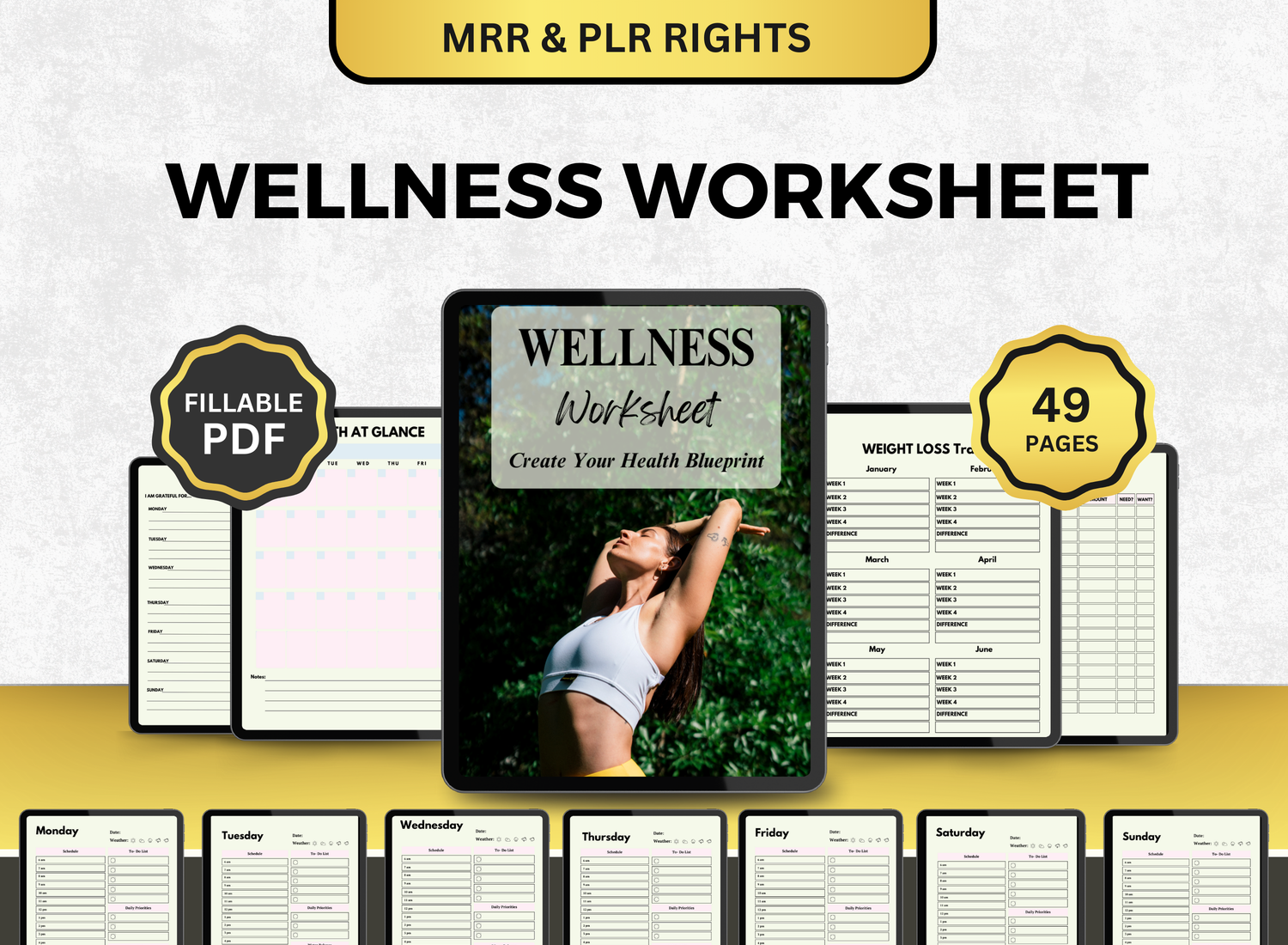9 Proven Tactics That Keep Your Project On Track
There’s a moment—usually somewhere between the kick-off call and the second missed deadline—when a project starts slipping. Maybe it’s subtle at first. A delayed reply. A missing update. A “can we push this to next week?” sort of vibe. And before you know it, the whole timeline’s off, tasks are bottlenecked, and everything feels... heavier.
So how do you keep things on track before it gets to that point? Or at least pull the brakes before everything derails?
Let’s walk through nine tactics that genuinely work. Not because they’re trendy or textbook-approved, but because they’ve been tested in the real world—sometimes the hard way.
TL;DR
| Tactic | Why It Works |
|---|---|
| 1. Start with a Realistic Plan | A detailed project plan template (especially in Excel) gives you clarity, structure, and a timeline that won’t collapse under pressure. |
| 2. Break It into Milestones | Small wins keep momentum going. Milestones make big projects feel manageable—and keep teams motivated. |
| 3. Use a Gantt Chart | Gantt chart templates (like in Excel) help you visualize timelines, dependencies, and spot bottlenecks before they derail everything. |
| 4. Overcommunicate (Smartly) | Regular updates prevent confusion, build trust, and keep everyone on the same page—without micromanaging. |
| 5. Reuse Smart Templates | Project management templates save time, reduce errors, and let you focus on the work, not recreating checklists. |
| 6. Build in Buffer Time | Quietly add slack time into your schedule to absorb delays without breaking your real deadlines. |
| 7. Track Visually | Tools like a project tracker Excel template or color-coded Gantt chart make it easy to spot problems early. |
| 8. Set (and Revisit) Expectations | Define success early. Then keep checking back to make sure you’re still aligned as things evolve. |
| 9. Prioritize Progress Over Perfection | Done is better than perfect. Keep projects moving—even if every detail isn’t flawless. |
1. Start with a Clear (and Realistic) Project Plan
No amount of optimism can save a project from a vague or overly ambitious plan.
A good project plan template doesn’t just list tasks—it maps dependencies, includes time buffers, outlines deliverables, and (here’s the kicker) actually accounts for human behavior. People get sick. Tech breaks. Priorities shift. A well-structured project plan template Excel helps you see that coming.
If you’ve never worked with a structured project management plan template, it’s honestly worth exploring. You don’t need anything too complicated either. In fact, something like a pre-made project management template bundle offers done-for-you spreadsheets that already include the basics: Gantt chart layout, task breakdowns, and even progress indicators. It’s a solid foundation if you’re starting from scratch or tired of cobbling things together last minute.
2. Break the Project Into Digestible Milestones
You’ve probably heard this one before. But it bears repeating—especially when a project feels massive or complex.
Instead of thinking about the end goal (like launching an entire website or completing a multi-department audit), break it down into smaller milestones. Then, treat each like a mini-project with its own kickoff, deadline, and review process.
Tools like a project tracker Excel template or even a simple project schedule template Excel can help visualize progress across these milestones. It sounds small, but ticking off those midpoints gives your team regular wins—and honestly, motivation matters more than most people admit.
(Sample of a project timeline tab in a simple, compiled project management spreadsheet.)
3. Use a Gantt Chart (Yes, Really)
Okay, some people groan when they hear “Gantt chart.” Maybe it reminds them of outdated tools or clunky interfaces. But when done right, a Gantt chart template is one of the most effective ways to visualize task timelines, dependencies, and potential bottlenecks.
Especially if you’re juggling multiple team members or departments, a Gantt chart Excel format can show you—at a glance—who’s responsible for what, when, and how everything connects.
Not a designer? No problem. There are pre-made Gantt chart templates that handle the formatting for you. (And yes, the PLR Duck bundle I mentioned earlier includes a few that are surprisingly user-friendly.)
4. Overcommunicate (Within Reason)
Here’s the thing: radio silence is rarely neutral.
When people don’t hear updates, they assume things aren’t moving. Or worse, they start imagining problems that don’t exist. So while you don’t want to spam your team with hourly emails, some kind of regular cadence—a weekly check-in, a Slack update, even a quick Loom video—can go a long way.
And this goes both ways. If you’re managing the project, make space for others to speak up too. Sometimes the issue isn’t the plan—it’s that no one felt comfortable saying they were confused or behind.
(Sample of a color-coded Gantt chart integrated into a project management tool.)
5. Use Templates to Reduce Repetition
If you’re rebuilding the same spreadsheet every time, you’re wasting energy you could spend actually moving the project forward.
Templates may feel basic, but they’re underrated. A project management template PPT can shave hours off your status updates. An Excel task tracker template can eliminate the back-and-forth about what’s due. And honestly? Having a reliable project plan template Excel means you’re less likely to miss critical steps during the planning phase.
Look for templates that are editable, reusable, and easy enough for your team to actually use. (No one wants to read a 9-tab spreadsheet with cryptic acronyms.)
6. Build in Slack Time—Then Don’t Announce It
This one’s sneaky. But effective.
When estimating timelines, quietly build in a little buffer. A day here. A half-week there. Enough to absorb unexpected delays without breaking your actual deadline.
Just... don’t tell everyone you’ve done this. Otherwise, that buffer becomes the new deadline.
It’s not about tricking your team—it’s about giving the project room to breathe. Even the best-managed schedules encounter hiccups. A project management schedule template that includes soft buffers can protect your peace of mind and your client’s expectations.
(Sample of a client tracker planner that can be used for project management,)
7. Track Progress (Visually, If You Can)
Progress reports don’t need to be dull walls of text. In fact, the more visual your updates are, the easier it is to spot issues early.
A well-structured project tracker Excel template or Gantt chart format lets you see exactly where things stand. Color-coded indicators. Task completion bars. Whatever helps your brain (and your team) process information faster.
Plus, visual progress tracking has a weirdly motivational effect. When people see how much has been done—and what’s left—they're more likely to stay engaged.
8. Set Expectations Up Front (and Revisit Them)
One of the most common reasons a project falls apart? Misaligned expectations. Especially around timelines, deliverables, and “what done actually looks like.”
That’s why the early planning phase matters so much. Define your goals clearly, and document them. A shared project management template—whether it’s in Excel, PowerPoint, or even Notion—helps ensure everyone’s on the same page from day one.
But here’s the key: don’t treat those expectations as fixed. Projects evolve. Sometimes the scope shifts. Sometimes resources change. So it’s worth revisiting the plan every couple of weeks, even if it’s just to confirm nothing has changed.
(Sample of a budget template that can be used for project budgeting.)
9. Don’t Let Perfection Get in the Way of Done
There’s a fine line between quality control and project paralysis.
Yes, standards matter. And yes, reviews and approvals exist for a reason. But if your team is constantly revisiting the same deliverables because they’re “not quite right,” you may be stuck in the perfection trap.
Instead of aiming for flawless, aim for functional. Ask: is this version good enough to move forward? Will revising it again make a measurable impact—or is it just feeding someone’s perfectionism?
This is where having a project plan template with clearly defined “done” criteria can help. When everyone agrees on what counts as complete, you avoid endless revisions and second-guessing.
A Quick Word on Tools (And Not Reinventing the Wheel)
Let’s be honest—half the battle in project management is just staying organized. And while software tools like Asana or Trello are helpful, sometimes you need something simpler. Tangible. Customizable.
That’s where templates come in.
Whether it’s a project plan template Excel, a Gantt chart format, or a project management template PPT, the right structure reduces friction and helps you focus on the actual work—not formatting or chasing down status updates.
If you don’t already have a good toolkit, PLR Duck’s Project Management Excel Templates is a solid place to start. It includes practical, editable files you can plug into right away—without having to figure out formulas or layout from scratch. It’s not magic, but it definitely saves time. Which, let’s be real, is just as valuable sometimes.
(Sample of a Kanban board template available in the project management Excel template bundle.)
Here’s the thing no one tells you: even the best-managed projects will go sideways at some point.
Maybe not catastrophically. But something—always something—won’t go exactly as planned. And that’s okay.
Good project management isn’t about rigid control. It’s about awareness. Flexibility. Communication. It’s knowing when to double down, and when to pivot. When to push, and when to pause. You don’t need to do everything perfectly—you just need to keep moving.
And that’s what these tactics are really about. Helping you stay grounded, focused, and just structured enough to steer the ship—even when the weather changes.
You’ve got this.





